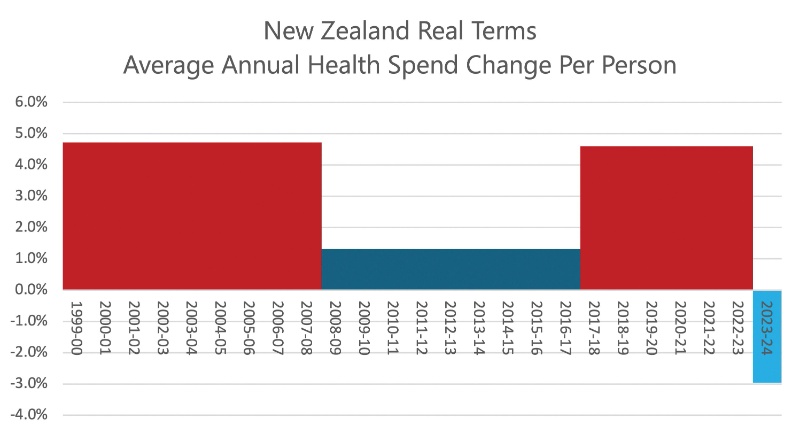New boards to reveal history of Woolston Cemetery
23 November 2005
New boards to reveal rich history of Woolston Cemetery
The Christchurch City Council is revealing one of the city’s oldest cemetery’s rich history by installing interpretation boards at Woolston Cemetery, Rutherford Street, to share stories of the characters and celebrities buried there.
The boards are a collaboration between the Council and Hagley Ferrymead Community Board in response to the local community’s call to further progress recent restoration work at the cemetery.
The public are invited to the unveiling of these boards at the cemetery on Monday, 28 November, 5pm, followed by a fascinating guided tour and commentary of the cemetery by genealogy librarian Richard Greenaway. Mr Greenaway is well known for his twilight Heritage Week cemetery tours, which always entertain young and old.
Originally called Heathcote Cemetery in an area earlier known as Lower Heathcote, the cemetery was the second set up in Christchurch - the first burial recorded there in 1852. In July 1866, the land was bought by the Church of England and a chapel built in the centre of the cemetery, where its foundations can still be seen.
People buried there were mainly from Opawa, Woolston and Heathcote. The high child mortality rate can be seen in the many children’s graves – one being seven-year-old George Monck, of Moncks Bay, who fell into the Estuary and drowned in 1882. His parents inscribed on his grave: “Without a moment’s warning, while busy at his play, this bright and loving fair-haired boy was quickly snatched away”.
Then there was Arthur Morton Ollivier, after whom Olliviers Road is named, who many rugby and cricket fans can be grateful for. Born in London, he emigrated with his family to New Zealand in 1853, later representing Canterbury at cricket. He pushed for the establishment of Lancaster Park, now better known as Jade Stadium.
William Bayly Bray, a civil engineer, is also buried there. He died in 1885, and always believed that the Waimakariri would one day flood into Christchurch. Local politician and businessman Crosbie Ward wrote at the time: “At Avonhead lived Mr Bray who every morning used to say ‘I shouldn’t be much surprised today if Christchurch City were swept away by the rushing, crushing, flushing, gushing Waimakariri River”. The Waimakariri flood of Christchurch occurred in February, 1868.
Those attending the boards’ unveiling on Monday will be treated to more such stories. Those driving are advised to park on Barton Street to avoid crossing a busy Rutherford Street. In the event of bad weather, the unveiling will be cancelled.
ENDS


 Gordon Campbell: On The Americanising Of NZ’s Public Health System
Gordon Campbell: On The Americanising Of NZ’s Public Health System Walk Without Fear Trust: New Sentencing Reforms Aimed At Restoring Public Safety Welcomed
Walk Without Fear Trust: New Sentencing Reforms Aimed At Restoring Public Safety Welcomed Rio Tinto & NZAS: Archaeological Project Underway From Historic Excavations At Tiwai Point
Rio Tinto & NZAS: Archaeological Project Underway From Historic Excavations At Tiwai Point New Zealand Deerstalkers Association: NZDA Urges Hunters To Prioritise Safety This Roar Season
New Zealand Deerstalkers Association: NZDA Urges Hunters To Prioritise Safety This Roar Season PSA: 1000 Days Since Landmark Pay Equity Deal Expired - Workers Losing $145 A Week
PSA: 1000 Days Since Landmark Pay Equity Deal Expired - Workers Losing $145 A Week Grace Tinetali-Fiavaai, RNZ: Widow Of Fa'anānā Efeso Collins Seeks Inquiry Into His Death - 'Unanswered Questions'
Grace Tinetali-Fiavaai, RNZ: Widow Of Fa'anānā Efeso Collins Seeks Inquiry Into His Death - 'Unanswered Questions' Te Pāti Māori: Te Pāti Māori Call For Mandatory Police Body Cameras
Te Pāti Māori: Te Pāti Māori Call For Mandatory Police Body Cameras


